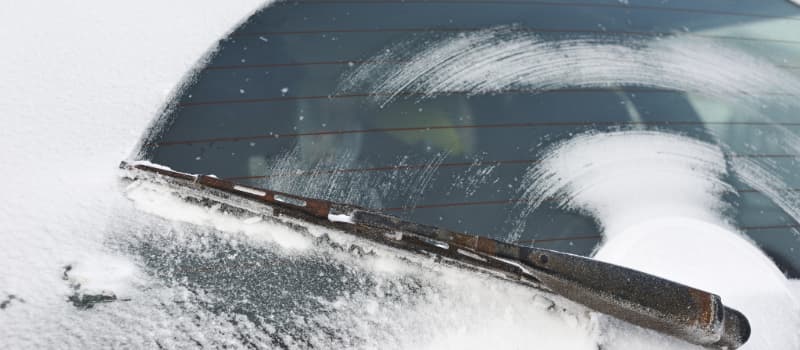
The 4 most vulnerable car components in winter
12th Nov, 2024
It’s no secret that winter can be a challenging season for cars – cold temperatures, frost, and icy roads are all notorious for putting additional strain on your vehicle’s components. Some parts in particular can be more vulnerable than others, which sometimes gives rise to certain car problems becoming a lot more prevalent in winter. While that’s not good news in itself, the flipside is that you can sometimes save yourself a lot of bother in advance if you know which components to watch out for. And occasionally, that can make all the difference to extending the time before you have to scrap your car!
Batteries can struggle to maintain charge
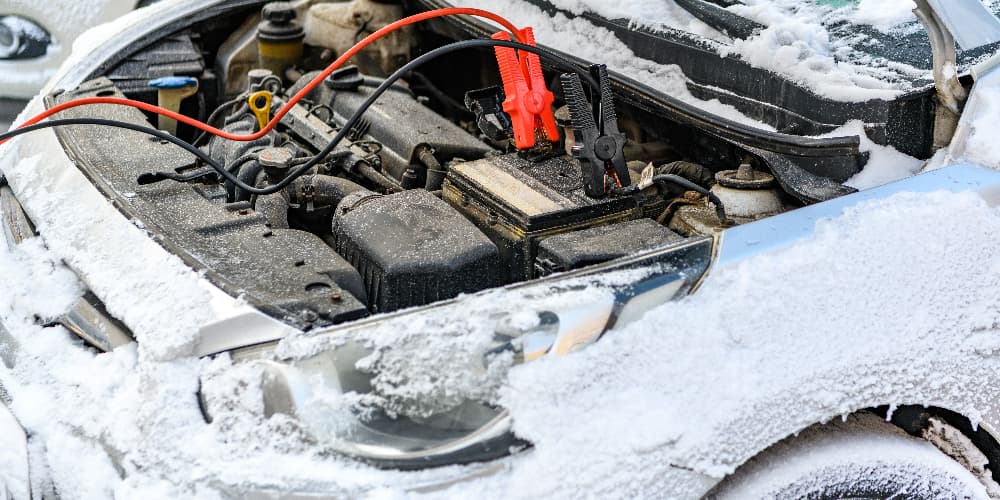
Car batteries are particularly vulnerable to cold weather, which can significantly impact their performance. In the winter, lower temperatures reduce a battery’s capacity, making it harder for it to hold a full charge. Cold weather also thickens engine oil, which increases the strain on the battery during start-up. As a result, batteries that may have been performing adequately in warmer months can struggle, or even fail, when the temperature drops.
There are a few warning signs that indicate a battery may be weakening, such as slower engine turnover or dimmer headlights. It’s therefore a good idea to keep an eye out for these, and consider having your battery tested if you notice a change in its performance. One of the most effective preventive measures is keeping the car parked in a garage or sheltered area, which can shield the battery from the cold. If you rely heavily on your car to get around during winter (for example, if you live in a rural area, or your mobility is limited), it’s generally a good idea to invest in a trickle charger, as it’s a useful way to keep the battery at optimal levels. That way, you can be sure it won’t let you down on a frosty morning.
Tyres losing traction and pressure
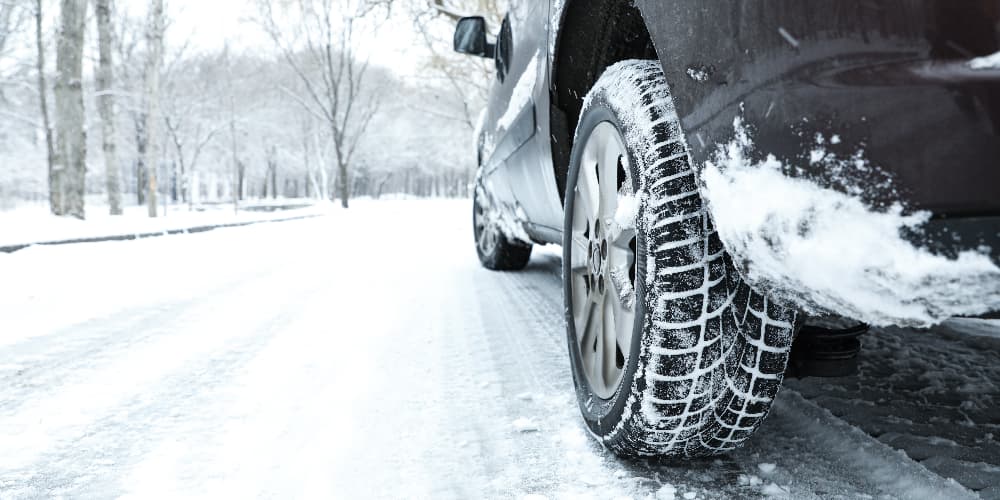
Tyres are another major component affected by winter conditions. In cold weather, tyre pressure naturally drops, which can sometimes lead to underinflated tyres. That can make driving just as dangerous as it sounds, reducing traction and increasing wear on the tyre’s outer edges.
What’s more, the rubber in tyres hardens in lower temperatures, which can further compromise grip, especially on icy or wet roads. That means tyres often need extra attention to maintain safe handling during the winter months.
So for that reason alone, it’s always a good idea to regularly check your tyres to maintain proper inflation and tread. In winter, it’s best to check tyre pressure at least once a month, as well as before any long journeys. Lots of drivers choose winter tyres, which are designed with a softer rubber compound that performs better in lower temperatures, giving them improved traction on snow and ice.
Another tip is to check tyre tread depth frequently, as worn treads can severely compromise grip, even on just wet roads. Keeping tyres in top condition not only improves safety, but as an extra bonus it can also help with fuel efficiency, as properly inflated tyres reduce rolling resistance.
Windscreen and wipers can actively obstruct your vision
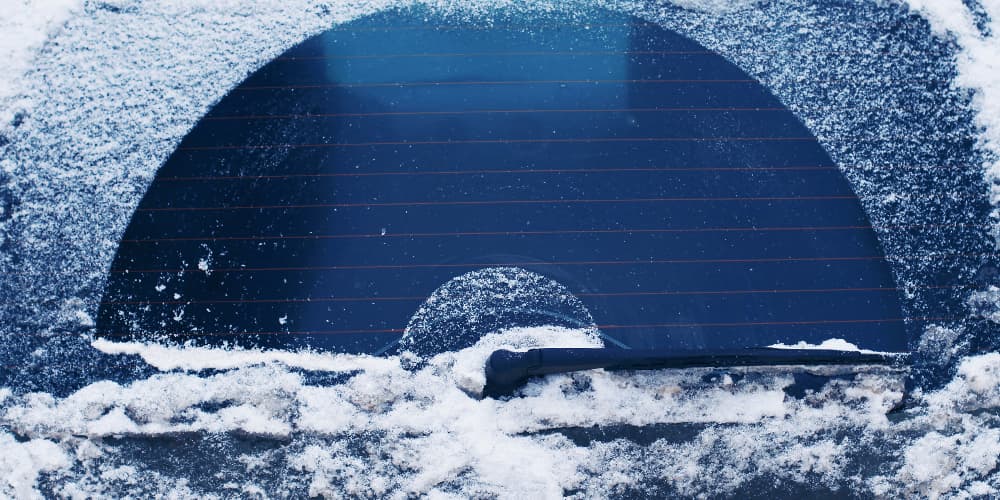
Winter weather can quickly make windscreens and wipers less effective, which is bad news for anyone who needs to be able to see in order to drive. (Which is obviously everyone. The only one who doesn’t is Daredevil, who is a) fictional and b) legally blind, and therefore prohibited from driving under UK law anyway. Moving on.)
Ice, snow, and salt on the roads contribute to the rapid accumulation of grime on the windscreen, and worn wipers can struggle to keep it clear. In colder temperatures, rubber wiper blades are more prone to cracking or tearing, which can lead to streaky or inefficient cleaning. A damaged wiper blade can leave behind patches on the windscreen, reducing visibility and making driving more risky.
It’s therefore a really good idea to check the condition of your wiper places, and don’t delay replacing them if they show signs of wear. Winter-grade washer fluid is also essential, as it prevents the fluid from freezing and can help dissolve stubborn ice or grime more effectively. Scrapers or de-icing sprays are helpful for manually clearing the windscreen (relying solely on the wipers to clear thick ice can damage them). Regular cleaning of the windscreen itself will reduce smearing, while a hydrophobic windscreen treatment can repel water, improving visibility during rainy conditions.
Engine oil thickening and reduced performance
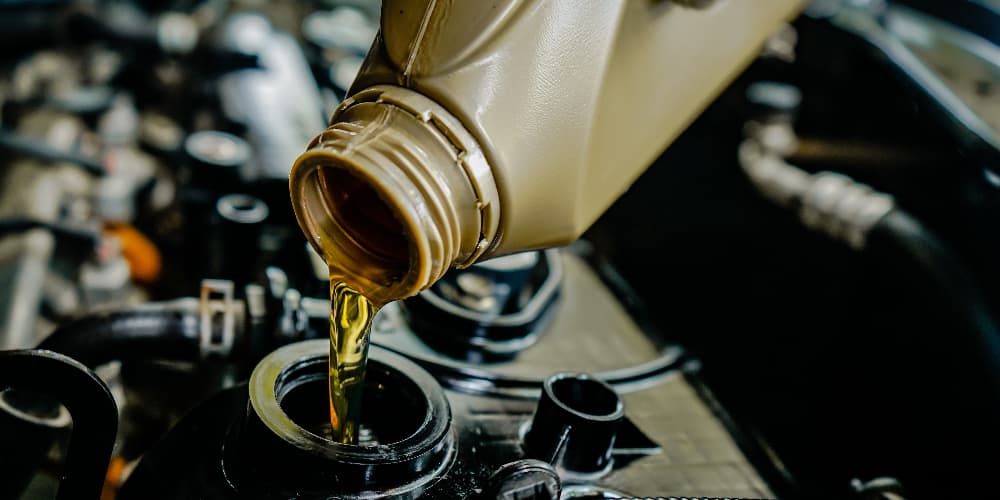
Engine oil thickens in cold weather, which can make it harder for it to circulate and lubricate the engine properly. Thicker oil increases the workload on the engine, leading to slower performance and added strain on internal parts. If not properly maintained, thickened oil can contribute to increased wear, reducing the overall lifespan of the engine.
All those are great reasons why it’s so important to use the right grade of oil for winter driving. Many manufacturers recommend a specific viscosity for colder temperatures, as a thinner oil can flow more easily and reach all engine parts quickly. Regular oil checks are a very good idea, as well as topping up or changing the oil if it appears dirty.
Starting the engine a few minutes before driving can also help the oil warm up and circulate, reducing engine strain from cold starts. To cap it all off, keeping the oil at an optimal level and using the recommended winter grade will both go a long way in maintaining engine performance during colder months.
Of course, there may come a time when repairing certain issues may turn out to be more expense or bother than the car’s worth, especially if you’ve had it a long time. In that case, scrapping it is often a more economical option – and that’s exactly where we come in here at Scrap Car Network. All you need to do is enter your car reg and postcode into the fields on our site, and we’ll get you an instant online quote before you can say cash for cars. It only takes a few seconds. So then – curious to find out how much your car is worth?